Cheap vs expensive cycling glasses: what’s the difference?
You can spend a fortune on cycling sunglasses, but should you? What do you get extra above cheaper models?
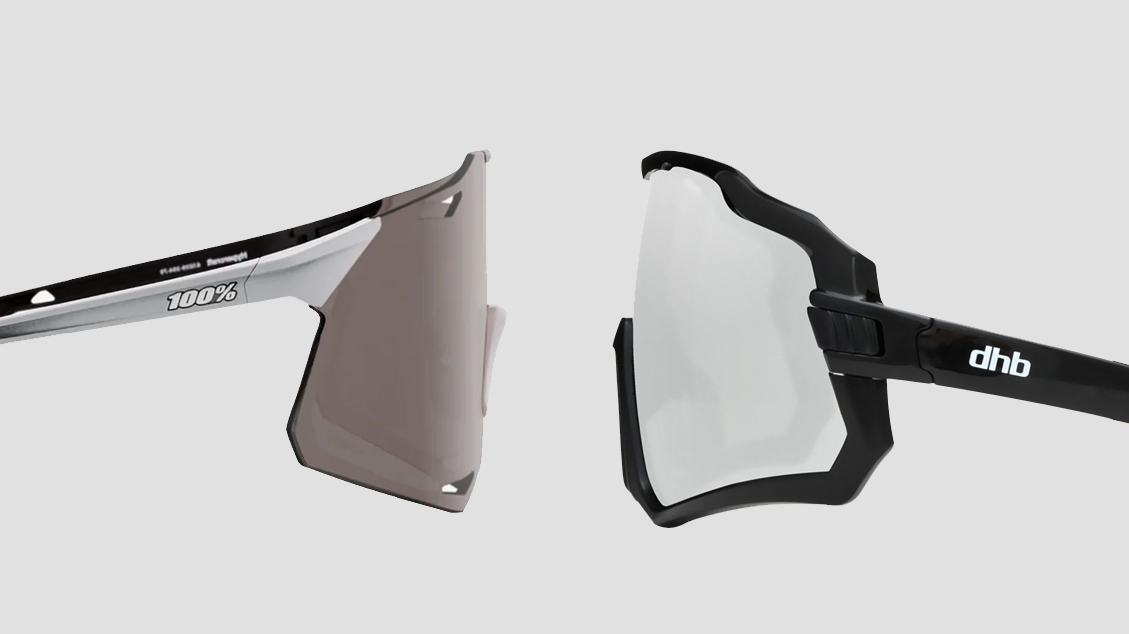
However much or little you spend on your cycling sunglasses, they’re all going to do much the same thing: keep your eyes protected from bugs and dust and, depending on the lens tint you choose, provide appropriate shading for the conditions.
All cycling sunglasses will also have to meet the same minimum standards, including UV protection and shatter resistance too, assuming they’re sold legally where you live. Likewise, there’s no reason to spend on flashy features if you don't need them, for example, if you always ride in daylight the option to swap out to a clear nighttime lens may not be that important to you.
So why buy the best cycling glasses from the flagship brands when you are likely to get similar protection from the best cheap cycling sunglasses? Here’s where your hard-earned cash might buy you better tech as you move up the price range, but before we begin, an important reminder: as you read through this explainer, don't let the pull of fancy features override your needs.
More lens technology
Cycling glasses are (almost) entirely about the lenses, not just to keep stuff out of your eyes, but to improve eye comfort as you ride. Pay more and you’re likely to get more technology added in.
That starts with tints and wavelength filters designed to increase contrast so that you get a better view of the road ahead and can more easily spot obstacles. Oakley’s Prizm lenses are designed to do just that, but there’s equivalent tech in, for example, Smith Optics’ ChromaPop lenses. That’s something that requires R&D and that lower-priced sunglasses are unlikely to match.
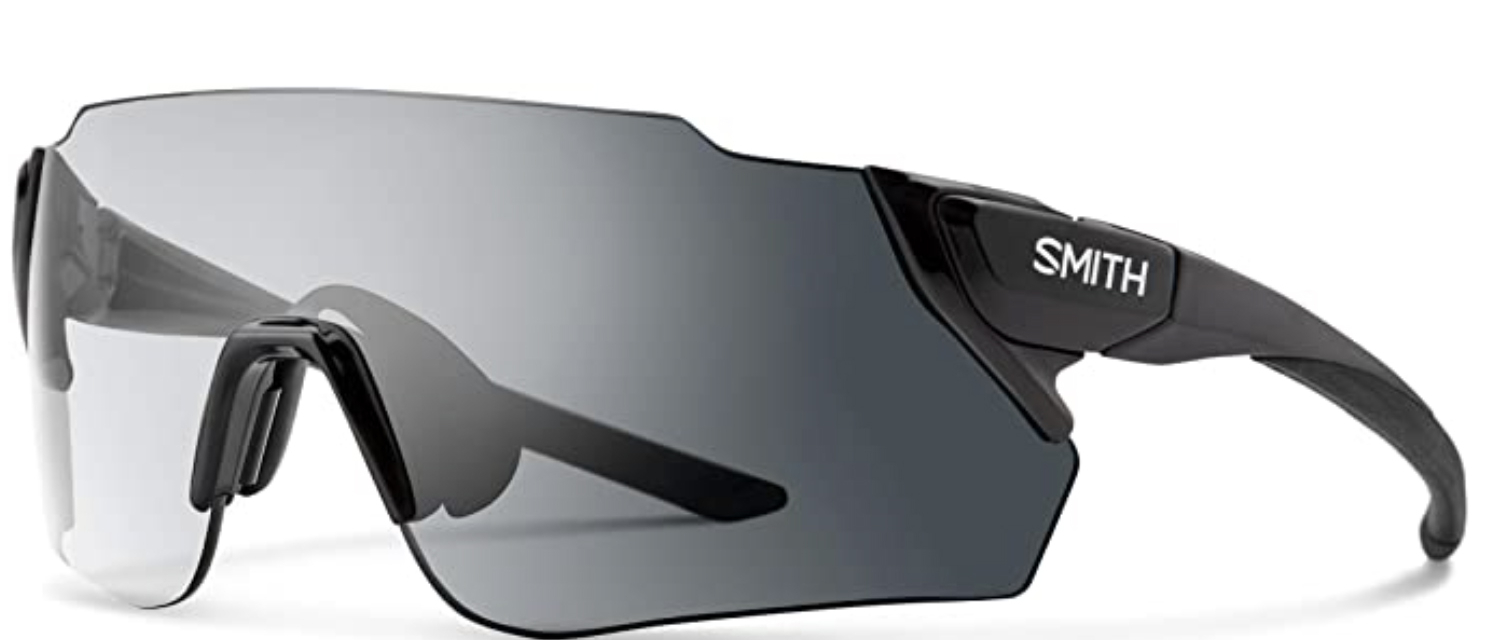
Other tech that you pay more for - even if you opt for a premium design - includes polarised or photochromatic lenses. Polarisation reduces glare, thus lowering strain on your eyes, and again increases definition over non-polarised lenses. A word of warning though, polarised lenses can reduce your ability to spot surface water on the road, so while they may reduce glare generally, they may also be slightly less safe.
Photochromatic lenses change in darkness as light levels change. That’s particularly useful when riding between bright sunlight and shade and also means that you can use the same pair of glasses with the same lenses in the height of summer and on a grey wintery day. It’s technology that you can find in cheaper sunglasses as well as premium ones, but the range of light transmission will be greater and how quickly the lenses react will in general be faster in pricier numbers.
Get The Leadout Newsletter
The latest race content, interviews, features, reviews and expert buying guides, direct to your inbox!
Better lens treatments
The other area where more expensive designs may give an advantage over budget ones is the coatings applied to the lenses.
Typically, pricier lenses will have an anti-fog coating, designed to prevent misting on the inside surface and to promote clearing if this does occur. They’re often hydrophobic treated too, so that if you’re out in the rain your field of vision should remain clearer of water droplets.
There’s also usually an anti-smear treatment to the lenses of more expensive glasses. Called an oleophobic coating, this helps stop fingerprints and makes them easier to clean off. It also works against sweat stains, helping to keep the lenses clearer.
Finally, the most expensive lenses may have an anti-scratch treatment, like that applied by 100%, potentially upping the glasses’ longevity.
More lens options
Premium brands are likely to offer their sunglass models with a wider range of lens options than budget cycling sunglasses. Not all are going to be useful for cyclists - some of Oakley's lenses are designed for golf, for example - but if you’re after something specific for the conditions in which you ride, you may have more choice.
100% Hypercraft glasses, for example, come in 11 different lens colours, while Rudy Project also sells its Defender with seven lens options including its ImpactX flexible, shatterproof lenses. A clear lens is a useful extra worth paying for if you ride at night, while there may be specific lenses available with high light transmission for low light riding, although you’ll probably have to add these to your initial purchase and spare lenses can be difficult to find.
It's worth noting here that the idea of multiple lens options is an exciting draw when choosing which cycling sunglasses to buy, but as mentioned in our intro, remember to consider what you actually need. Many premium sunglasses come with one or two spare lenses in different tints. These will be useful if you're planning on riding in different conditions, but if you only ever ride when its sunny, you're likely never to use the clear lens, rendering it a pointless addition that you probably paid for. Of course, contrary to that, if you ride in various conditions, then the ability to change lenses is a valuable thing to have.
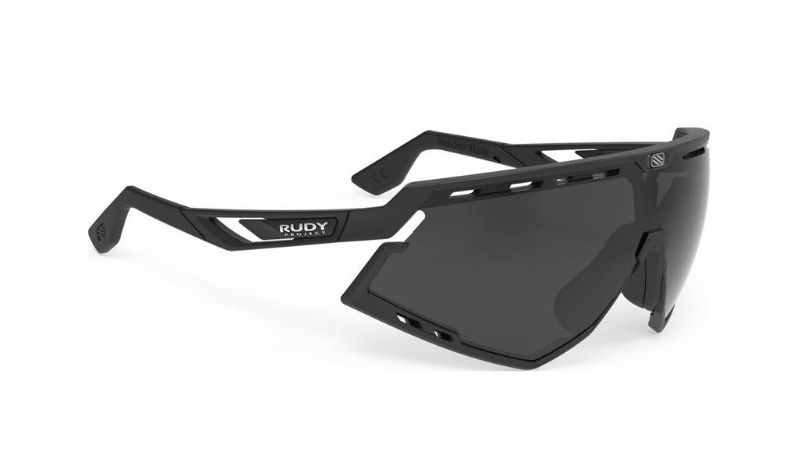
Many of the premium styles also have the option to order prescription lenses or a prescription insert that sits behind the main lens. You’ll probably not be able to get this if you pay less. Check out our guide to the best prescription cycling glasses for more on that.
With lower-priced sunglasses, there may only be one lens tint available, although often you’ll get two or three swappable lenses in the package: a darker coloured lens for full sunlight, along with a clear lens for riding at night or in the rain and possibly a yellow lens for contrast in lower light conditions.
More peripheral coverage
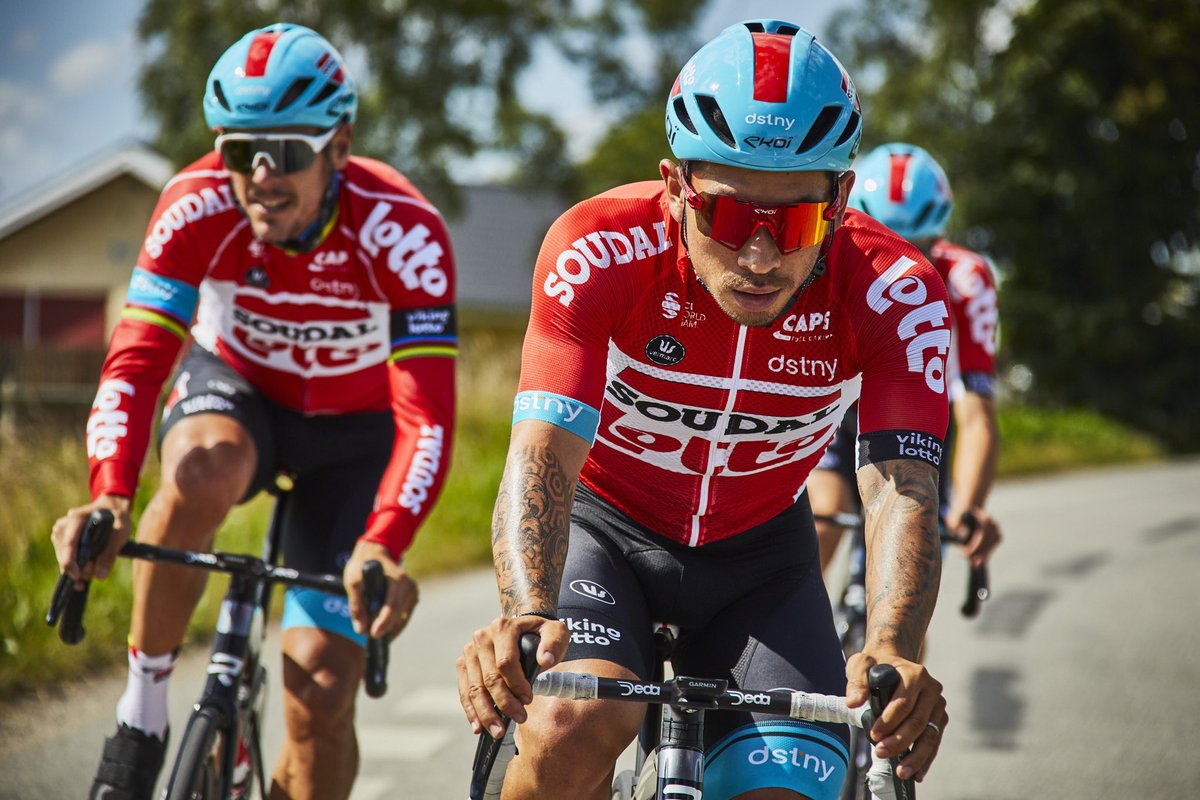
The large lens designs that are currently on-trend ensure that your eyes are shielded from stray light more around the sides of your field of vision than smaller lenses. Brands will work to ensure optimal coverage without the frame getting in the way of your sightlines.
That’s particularly important if you’re riding in the drops or on TT bars, where you need to be able to see well through the tops of the lenses, but maybe not so much for a more leisurely ride.
However, vision at the peripherals to either side is important to all cyclists. Racers will appreciate the ability to see their contemporaries coming up alongside, while commuters and leisure road cyclists will benefit from the increased coverage to see cars or other road users.
Better ventilation
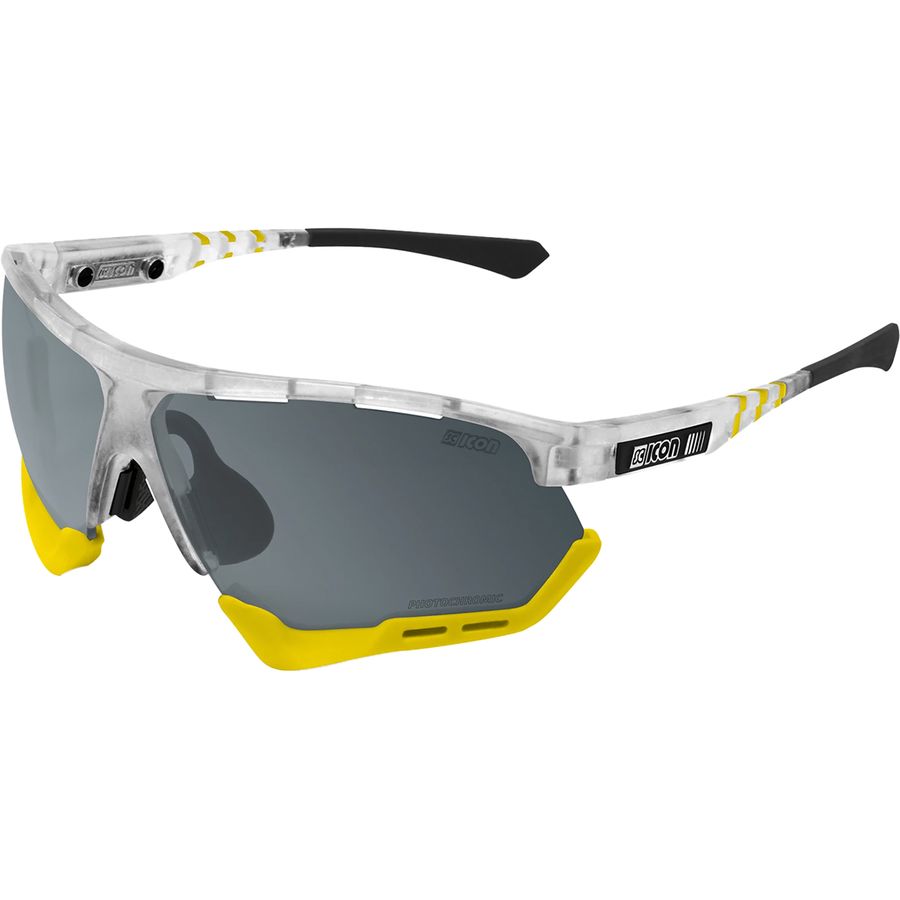
A more expensive pair of glasses may give you better ventilation. This is particularly important with large lens styles where moist air behind the lens can easily lead to the lens fogging up.
It's usually addressed by slots in the lens, but where they’re positioned is important to draw the air across the lens face. It’s something that brands will often research when developing their premium designs. Scicon has pushed this theory into its designs in recent years, as found on Pogačar's latest prototype pair.
Easier lens swaps
If you have multiple lenses, you’ll need to be able to swap between them. The premium brands have worked on their lens swap mechanisms to make this easier. Oakley has its Jawbreaker glasses which achieve this, while Smith’s Mag tech uses magnetic linkages between the lens and the sidearms and Rudy Project’s Quick Change System has a button that attaches the sidearm to the lens.
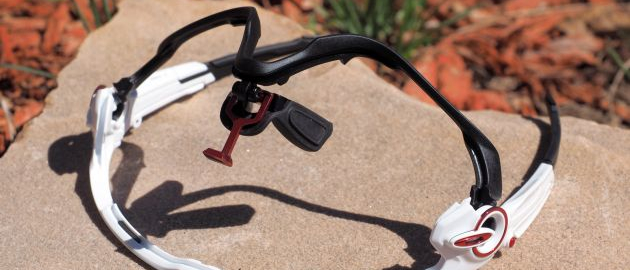
If they have swappable lenses, lower-priced sunglasses often rely on the older method of a tab on the side of the lens that hooks into the frame. It usually works fine, but it’s a bit nerve-racking pulling at the sides of your glasses to free the lens and getting the new lens back in place can be fiddly. You’re very likely to end up with fingerprints on the lens that you need to clean too.
More adjustability
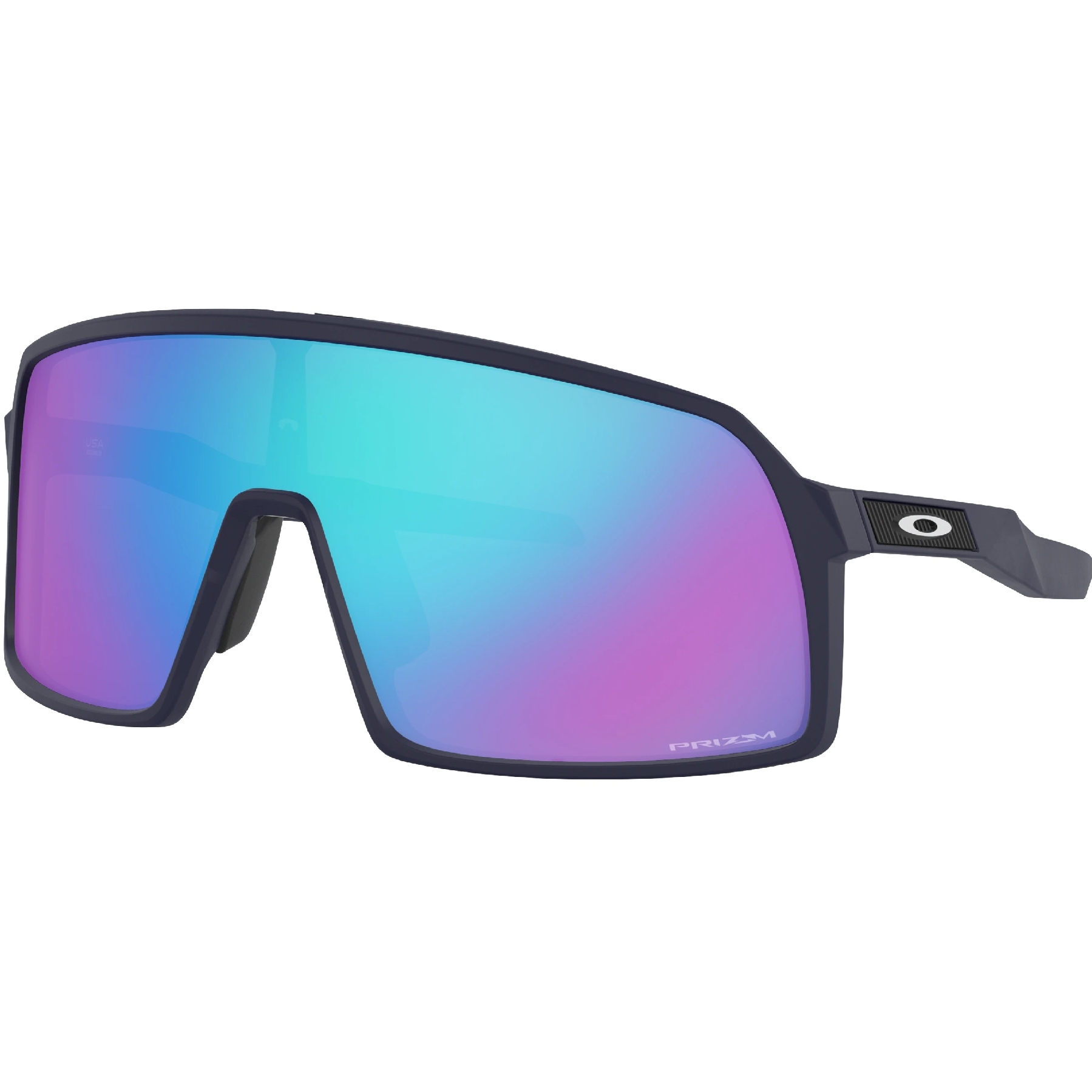
A less expensive pair of sunglasses may fit you just fine, but premium models often have more adjustment to ensure that they fit you better. That includes multi-position nosepieces that you can stretch out or push together so that there’s a better fit to the width of your nose. Some designs let you move the sidearms up and down relative to the lens too for a better fit or you can often squeeze the ends of the sidearms in and out so that they hug the sides of different-width faces.
Some premium glasses like the Oakley Sutro S are available in a smaller frame size option for those with smaller faces, as well as a standard fit.
Premium frame materials
Another area where you may benefit from a more expensive pair of glasses is the material they’re made of. Most frames are made of similar plastics, despite the exotic-sounding names that they're often given, but the sidearm grippers and nosepiece in pricier sunnies may be made of better quality rubber that’s designed not to slip around when you work up a sweat. That’s likely to help hold the glasses in place better when you’re working hard.
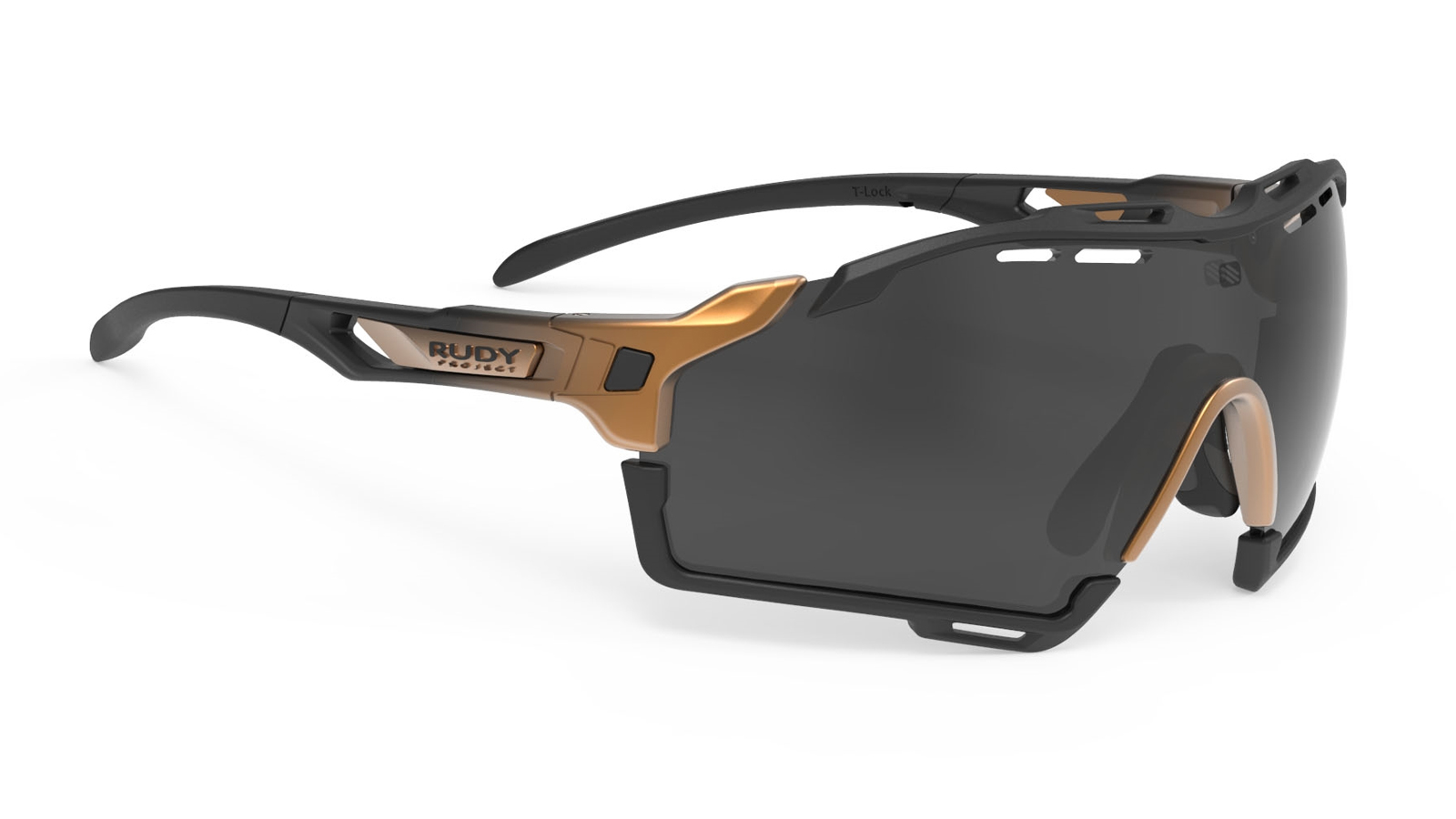
Oakley calls its anti-slip material Unobtanium, but there are equivalent anti-slip grippers from other brands too, like Bollé’s Thermogrip. You can customise the look with some models as well; Rudy Project Cutline glasses can be worn full frame, half frame or frameless by removing parts of the lens’s surround. They’re also available with a graphene reinforced frame, which the brand says ups their strength.
Most premium glasses are available with a range of different frame colours too.
Style
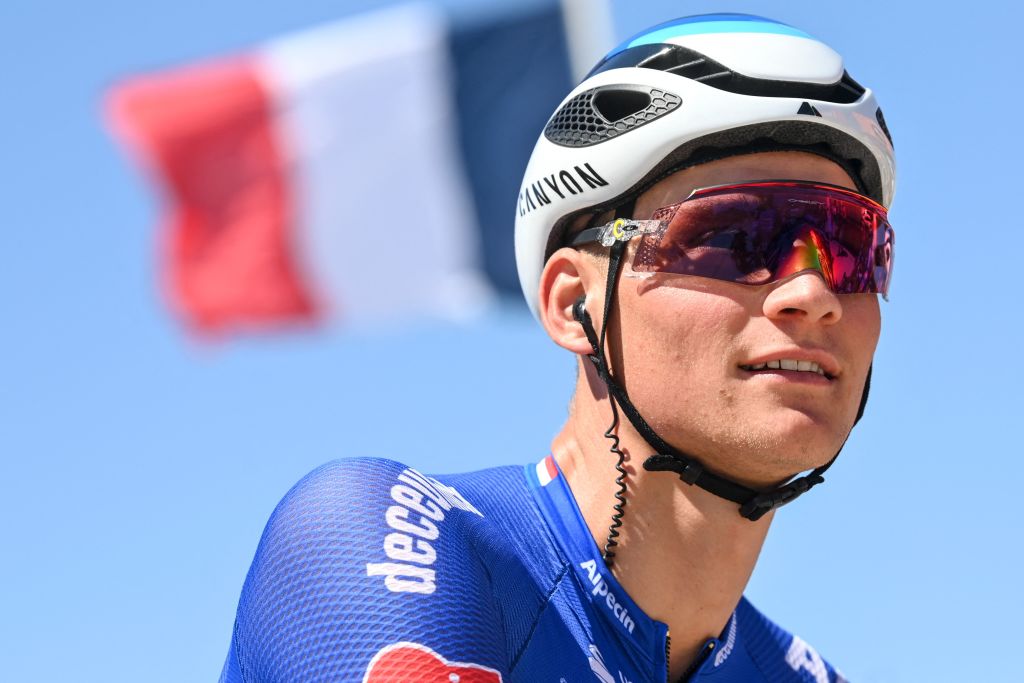
Finally, let’s face it, you’re paying extra for the pro look. Whether you want to look like Mathieu van der Poel in his Oakley Katos or Tadej Pogačar in the latest Scicon prototype model, the top brands will want to extract top dollar for the privilege. A lot of that’s going on the marketing too - product placement with the top athletes doesn’t come cheap.
Do you need expensive cycling sunglasses?
To conclude, when you spend more on your cycling sunglasses, you can - and probably will - get a better product, but that doesn't mean that only the expensive ones are worth buying.
At a time where the cost of living is increasing and spare cash might be dwindling, you should ask yourself what you need and want your sunglasses to do for you.
As with most products made to a price point, cheaper cycling glasses often provide a balance of some premium features and trickle-down technology, but without all the bells and whistles. If you have one or two key features that you need from your next pair, you can probably still find them among the budget options.
To really make the best decision for you, jot down all the features listed above, and make a note next to each as to whether it's something you need, you want, would be nice, or don't need. Do you want to wear them while riding at night? Then a spare clear lens would be important. Do you struggle with sunglasses falling off your face? If so, then consider adjustability as essential. Do you struggle to pick out potholes in the road? Perhaps prioritise lens technology. If not, mark it down as a nice-to-have and keep looking.
Either way, just make sure you buy from a reputable retailer to ensure you get something that meets the minimum UV and shatter resistance standards.
Paul has been on two wheels since he was in his teens and he's spent much of the time since writing about bikes and the associated tech. He's a road cyclist at heart but his adventurous curiosity means Paul has been riding gravel since well before it was cool, adapting his cyclo-cross bike to ride all-day off-road epics and putting road kit to the ultimate test along the way. Paul has contributed to Cyclingnews' tech coverage for a few years, helping to maintain the freshness of our buying guides and deals content, as well as writing a number of our voucher code pages.